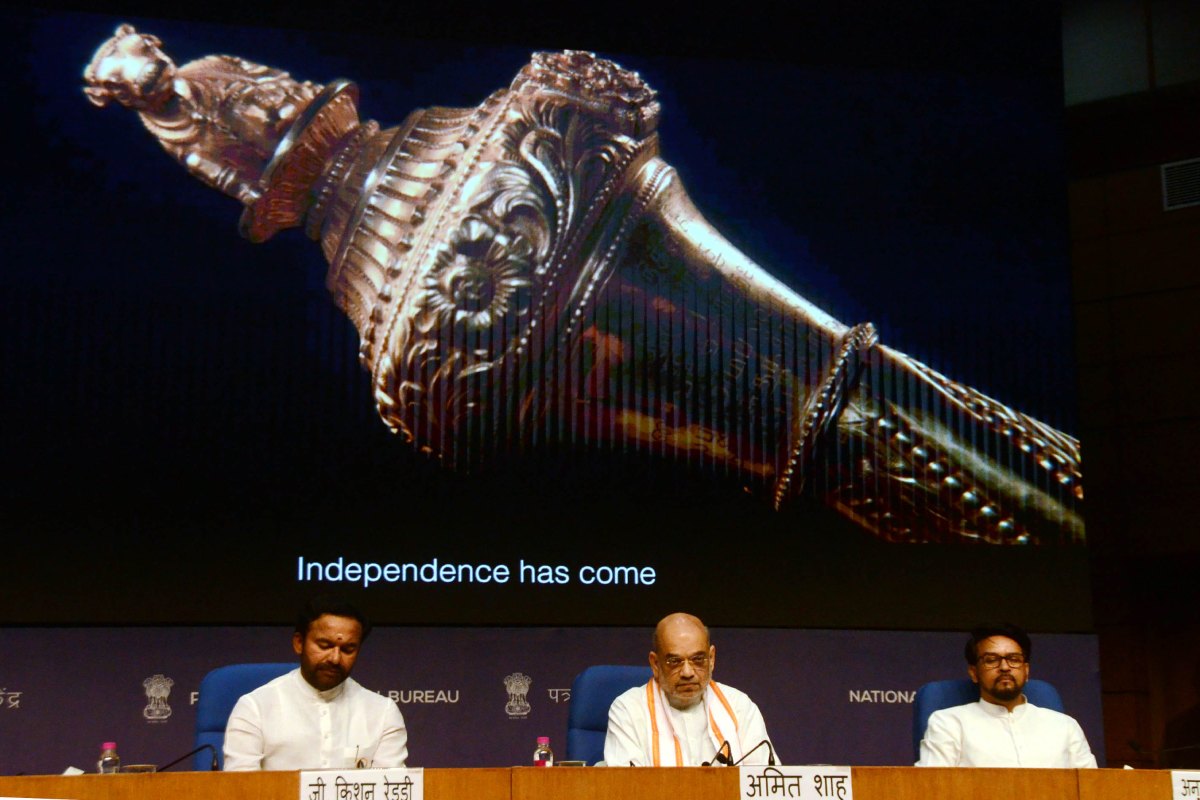As part of the opening of the new Parliament’s building on Sunday, Prime Minister Narendra Modi will place a significant golden sceptre close to the Speaker’s chair, according to Union Home Minister Amit Shah.
Shah said this sceptre was given to the nation’s first prime minister, Jawaharlal Nehru. The name “sengol”, which is derived from the Tamil word “semmai” meaning “righteousness”, is given to this sceptre.
A simple query from Lord Mountbatten, the last Viceroy of British India, to prime minister Nehru, set off a series of events that led to the creation of the sengol. History books and news articles claim that Mountbatten questioned the incumbent prime minister about the transition of power when India gained independence.
The nation’s governor general, C. Rajagopalachari, was consulted for guidance at that point by prime minister Nehru. Rajagopalachari, better known as Rajaji, informed Nehru of the Tamil custom of the high priest presenting the sceptre to the new king upon his accession to the throne. According to accounts, Rajaji said that this custom was upheld during the Chola era and indicated that it might signify India’s independence from the British Empire. Rajaji was subsequently given the task of preparing a sceptre for the momentous occasion.
Rajaji called Thiruvaduthurai Atheenam, a well-known mutt in modern-day Tamil Nadu, when faced with the enormous task of organising the sceptre that will commemorate India’s Independence. The mutt’s seer at the time accepted responsibility. Vummidi Bangaru Chetty, a goldsmith in Madras at the time, created the sengol. It measures five feet in length and is topped with a “nandi” bull, which stands for justice.
The sceptre reportedly was first given to Mountbatten by a senior priest of the sect before being taken back. When India gained independence, it was purportedly given to Prime Minister Nehru 15 minutes before midnight after being gangajal-sprinkled and carried to him in a procession. During Prime Minister Nehru’s reception of the sceptre, a unique song was written and performed.












